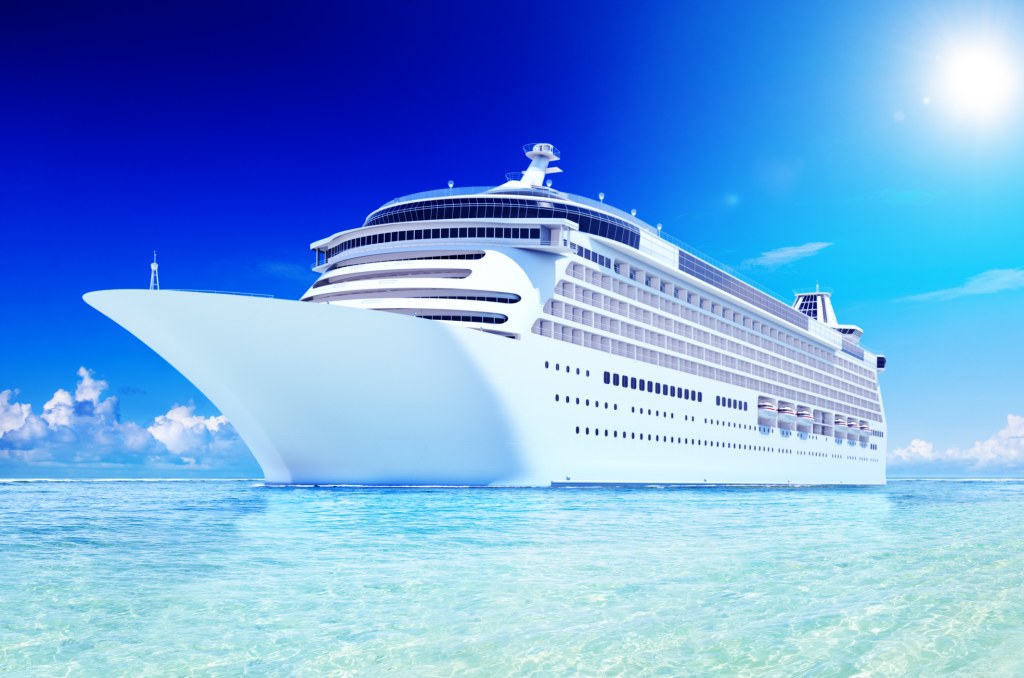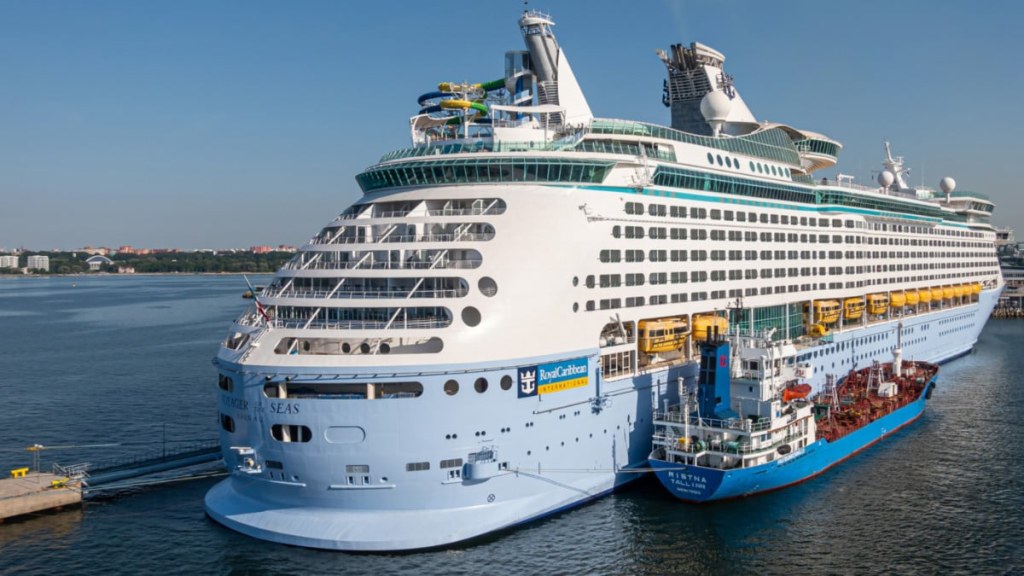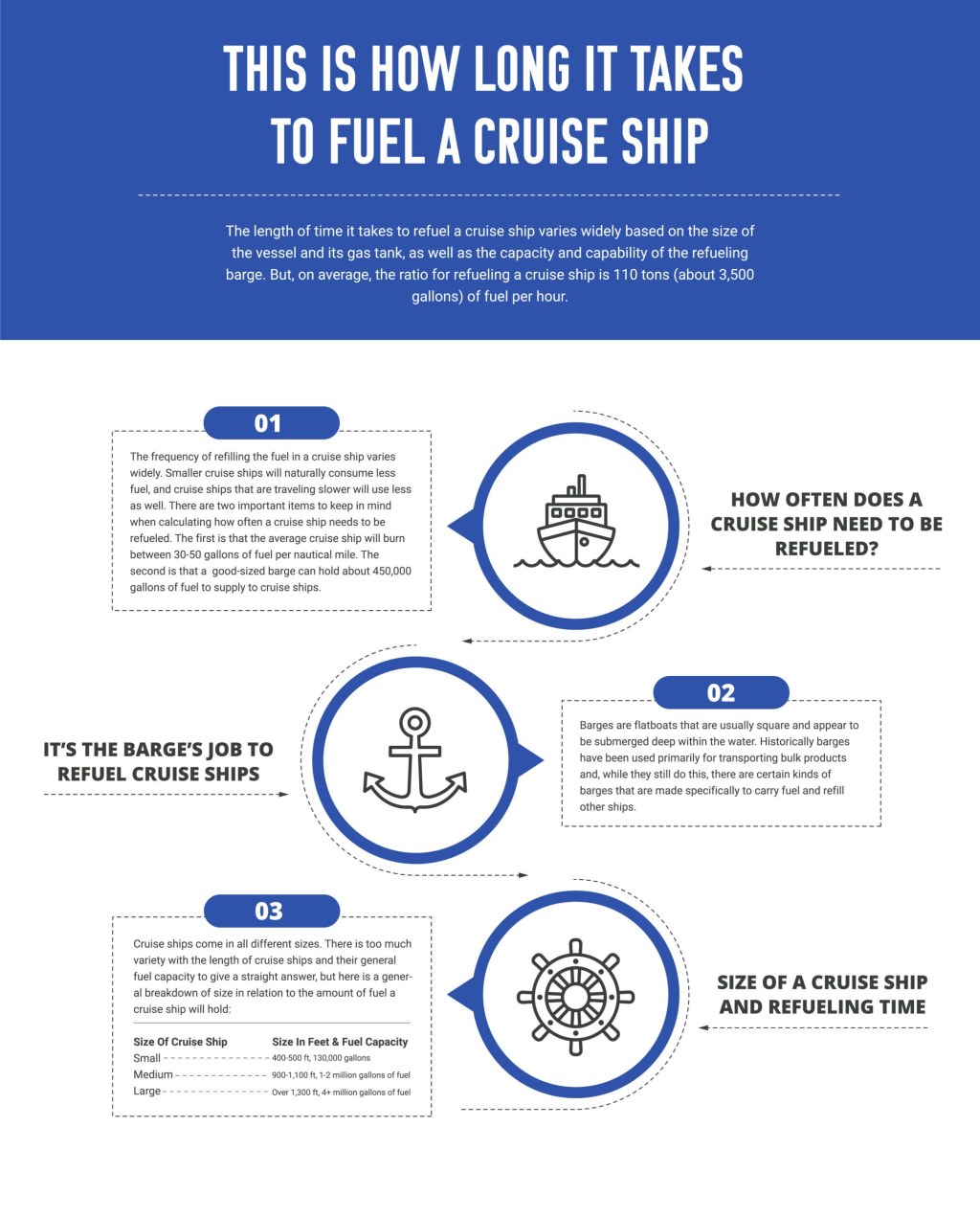How Much Fuel Does a Cruise Ship Hold
Introduction
Welcome, cruise ship aficionados, to an in-depth exploration of one of the most intriguing questions surrounding cruise ships: how much fuel do they hold? In this article, we will delve into the fascinating world of cruise ship fuel capacity, uncovering the factors that determine it and the implications it has on the industry. So sit back, relax, and prepare to embark on a journey of knowledge.
What
Before we delve into the specifics of how much fuel a cruise ship can hold, let’s first understand what constitutes fuel for these grand vessels. Cruise ships primarily rely on marine diesel oil (MDO) or heavy fuel oil (HFO) as their main sources of energy. These fuels are essential for powering the ship’s engines, generators, and other onboard systems.
Who

Image Source: ltkcdn.net
Multiple stakeholders are involved in the decision-making process regarding a cruise ship’s fuel capacity. The shipyard, naval architects, and shipowners collaborate to determine the appropriate fuel capacity based on the ship’s size, intended routes, and operational requirements. Additionally, regulatory bodies and environmental organizations play a role in influencing fuel capacity decisions to ensure compliance with industry standards and reduce environmental impact.
When
The determination of a cruise ship’s fuel capacity occurs during the ship’s design and construction phase. The shipyard and naval architects analyze various factors such as the ship’s size, engine type, and intended operational range to calculate the optimal fuel capacity. This process typically takes place several years before the ship’s launch.
Where

Image Source: cruisehive.com
Cruise ships traverse the world’s oceans, visiting diverse destinations and offering passengers unforgettable experiences. The fuel capacity of these ships is vital to their ability to reach these far-flung locations. Whether it’s cruising through the Caribbean, exploring the Norwegian fjords, or discovering the wonders of the Mediterranean, a cruise ship’s fuel capacity enables it to embark on these incredible journeys.
Why
The fuel capacity of a cruise ship is crucial for multiple reasons. Firstly, it determines the ship’s range and ability to operate without refueling. This is particularly important for long-duration cruises that cover vast distances. Secondly, fuel capacity impacts a ship’s operational efficiency and profitability. Optimal fuel capacity allows for better fuel management and cost control, contributing to the financial success of cruise lines.
How

Image Source: acruisingcouple.com
The calculation of a cruise ship’s fuel capacity involves complex engineering considerations. Naval architects and specialists analyze factors such as the ship’s size, weight, speed, and anticipated fuel consumption to determine the optimal capacity. Computer simulations and mathematical models are utilized to ensure accuracy and efficiency in determining the fuel capacity that meets the ship’s operational requirements.
Pros and Cons of Cruise Ship Fuel Capacity
Pros
1. Extended operational range: A larger fuel capacity allows cruise ships to reach remote destinations and offer unique itineraries to passengers.
2. Efficient fuel management: Optimal fuel capacity promotes better fuel efficiency, reducing costs and environmental impact.
3. Flexibility in route planning: Cruise ships with ample fuel capacity have the flexibility to adapt their routes based on changing conditions or customer preferences.
4. Enhanced safety: Sufficient fuel capacity ensures that cruise ships have a buffer in case of unforeseen circumstances, such as adverse weather conditions or mechanical issues.
5. Minimal disruptions: Ample fuel capacity reduces the need for frequent refueling stops, resulting in smoother and more uninterrupted voyages for passengers.
Cons
1. Increased initial costs: Building a cruise ship with a larger fuel capacity can result in higher construction costs.
2. Environmental impact: Despite efforts to reduce emissions, cruise ships still contribute to air pollution due to their use of fossil fuels.
3. Limited space onboard: Allocating space for fuel storage can impact the overall design and layout of the ship, potentially affecting passenger amenities.
4. Dependency on fuel availability: Cruise ships operating in remote areas may face challenges in accessing fuel, which can impact their itineraries and operational efficiency.
5. Regulatory compliance: Stricter regulations regarding emissions and fuel usage may require cruise ships to invest in additional technologies or fuels, adding complexity and costs.
Frequently Asked Questions
1. Is a cruise ship’s fuel capacity the same as its fuel consumption?
No, a cruise ship’s fuel capacity refers to the amount of fuel it can store, while fuel consumption indicates how much fuel is actually consumed during operation. Fuel consumption depends on factors such as the ship’s speed, load, and environmental conditions.
2. Are there alternative fuels being used in cruise ships?
Yes, the cruise industry is exploring alternative fuels to reduce environmental impact. Liquid natural gas (LNG) and hydrogen fuel cells are among the emerging technologies being considered as cleaner alternatives to traditional fossil fuels.
3. How does a cruise ship refuel?
Cruise ships typically refuel at dedicated ports equipped with fueling infrastructure. Specialized barges or trucks transfer fuel from storage facilities to the ship. Refueling operations are carefully planned to ensure safety and minimize disruptions to passengers.
4. Can a cruise ship run out of fuel?
Running out of fuel is highly unlikely for a properly managed cruise ship. The ship’s fuel consumption is closely monitored, and refueling is scheduled well in advance to avoid any disruptions in operations.
5. What measures are in place to reduce the environmental impact of cruise ship fuel?
The cruise industry has implemented various measures to reduce environmental impact, including the use of cleaner fuels, advanced exhaust gas cleaning systems (scrubbers), and improved waste management practices. Additionally, cruise lines are investing in research and development to explore further innovations in sustainable propulsion technologies.
Conclusion
Now that you have delved into the world of cruise ship fuel capacity, you possess a deeper understanding of how these magnificent vessels are powered. From the intricacies of fuel calculation to the pros and cons associated with fuel capacity, you have gained valuable insights into the industry’s inner workings. So the next time you set sail on a cruise adventure, take a moment to appreciate the engineering marvel that fuels your journey, and the ongoing efforts to make cruising more sustainable for future generations.
Final Remarks
The information provided in this article serves as a comprehensive guide to understanding the fuel capacity of cruise ships. It is important to note that the specific fuel capacity of each cruise ship may vary, based on various factors such as vessel size, design, and operational requirements. Additionally, the cruise industry is continually evolving, and advancements in technology and regulations may influence fuel capacity and usage in the future. Therefore, it is advisable to consult the cruise line or relevant authorities for the most up-to-date information regarding a specific cruise ship’s fuel capacity.